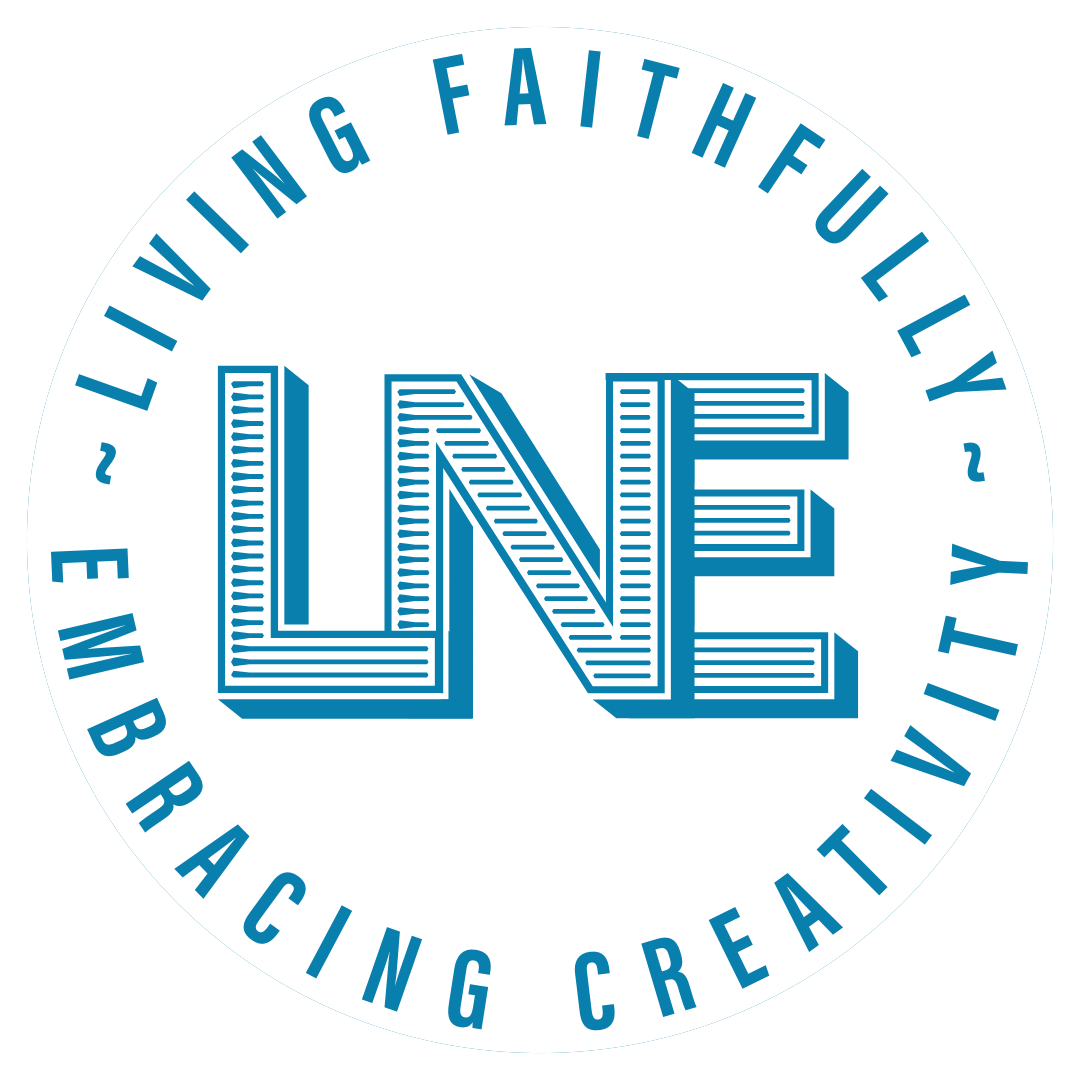Building Resilience Through Communication Design:
The Professional Value of Emergency Management Training
Emergency Management Graphic by Leigh N. Eldred
As a multidisciplinary creative professional, I believe that powerful design and strategic communication can transform how people experience information to rally a tactical response. Yet when I encountered the chaos of natural disasters and public health emergencies, I realized that my public relations toolkit lacked in-depth understanding of the very frameworks that guide responders through life-and-death decisions. Without comprehensive knowledge of how incident management structures, crisis communications protocols, and coordinated emergency operations function, I did not feel fully prepared to professionally respond to a disaster. Even the most well-intended messages risk failure without clarity of direction to aptly drive action when seconds count.
Seeking to bridge the gap of awareness, I returned to the Federal Emergency Management Agency (FEMA) Emergency Management Institute (EMI) within the National Disaster and Emergency Management University (NDEMU). I had previously completed courses and passed exams as a part of my university public health curriculum to earn certifications on the Incident Command System (ICS) and National Response Framework (NRF). The course material served as an informative adjunct to my university studies in digital communication, social science, health communication, and public relations crisis communication. I went on to complete other government professional development courses independently on leadership, problem solving, crisis communication, active shooter response, workplace security, animal care in disasters, community preparedness, and social media for emergency management. Each module served as advisement on how to structure and disseminate information, coordinate cross-functional teams, and publicly communicate with precision under pressure.
Recently, my journey took on a deeply personal dimension when the Texas Hill Country was ravaged by flash floods. I spent my childhood summers swimming in the beautiful winding rivers, without ever worrying about potential disaster. The heartbreak of seeing communities I love being swept into crisis reignited my commitment to lifelong learning and responsible citizenry. I sought further professional development with training in the Emergency Operations Centers (EOC), National Incident Management System (NIMS), National Preparedness System (NPS), Community Emergency Response Teams (CERT), and for Public Information Officers (PIO). After twenty courses, it was abundantly clear that a better understanding of the inner workings of our response system would elevate my ability to support relief efforts and anticipate community needs to meaningfully contribute whenever disaster struck.
Though FEMA’s value has been questioned in recent budget debates and political discourse, it appears that much of the criticism stems from misunderstandings about its mission and evolution. By educating ourselves on the agency’s origins in civil defense to its growth into all-hazards response and recovery, we may ground discussions in the reality that FEMA exists to meet enduring societal needs that result from hurricanes and wildfires to pandemics and acts of terror. That clarity is essential as we will continue to confront increasingly complex threats in the decades ahead.
In our progressively interconnected world, the ability to navigate crises with clarity and composure serves more than victims, volunteers, and first responders. Professionals in a myriad of fields can refine their practice through the rigor of emergency management by bridging creative and critical thinking. Digital marketers can efficiently broadcast knowledge to the community through social media channels. Creatives can effectively distribute information using graphic design skills, as visual information is processed 60,000 times faster than written material. Product designers can translate their knowledge into improved user experiences that improve the well-being of the community. Through study, one may stand prepared to lead communities safely through future challenges while sharpening one’s professional edge. The ability to download a verified transcript and display official FEMA certificates on a portfolio and LinkedIn is merely a bonus that serves as verifiable proof to colleagues and clients of knowledge in field-tested emergency management practices.
Independent study courses may be taken at any time from the comfort of your home or office without a paywall. One only needs to create an account and obtain a free student identification number (SID) to take exams. My advice is to begin by visiting FEMA’s Emergency Management Institute website to browse the course catalog for topics that feel pertinent to your life and work. Know that the descriptions can sometimes deviate from the material in scope. (For instance, IS-10.A describes disaster preparedness for animal caregivers and IS-11.A lists community planning for animal in disasters. In reality the former comprehensively covers preparedness for families within a wide range of disasters whereas the latter delivers an overview of the full scope of national programs from NIMS to ICS.) Track your progress through FEMA’s transcript portal and share your achievements on LinkedIn to demonstrate your commitment to community resilience. Then integrate these proven protocols into your design, marketing, public relations, or public health work to transform your skillset and impact.
Remember that you can play a vital role when disaster strikes through community leadership, crisis-ready design, or public safety innovation. Let’s stay curious, stay prepared, and converge our creativity and critical thinking to build safer and stronger communities together. Join the Creative Convergence, a newsletter that celebrates the crossroads where artistic design and strategic communication collide.
Emergency Management Animation by Leigh N. Eldred
